5. Diabolique (1955)
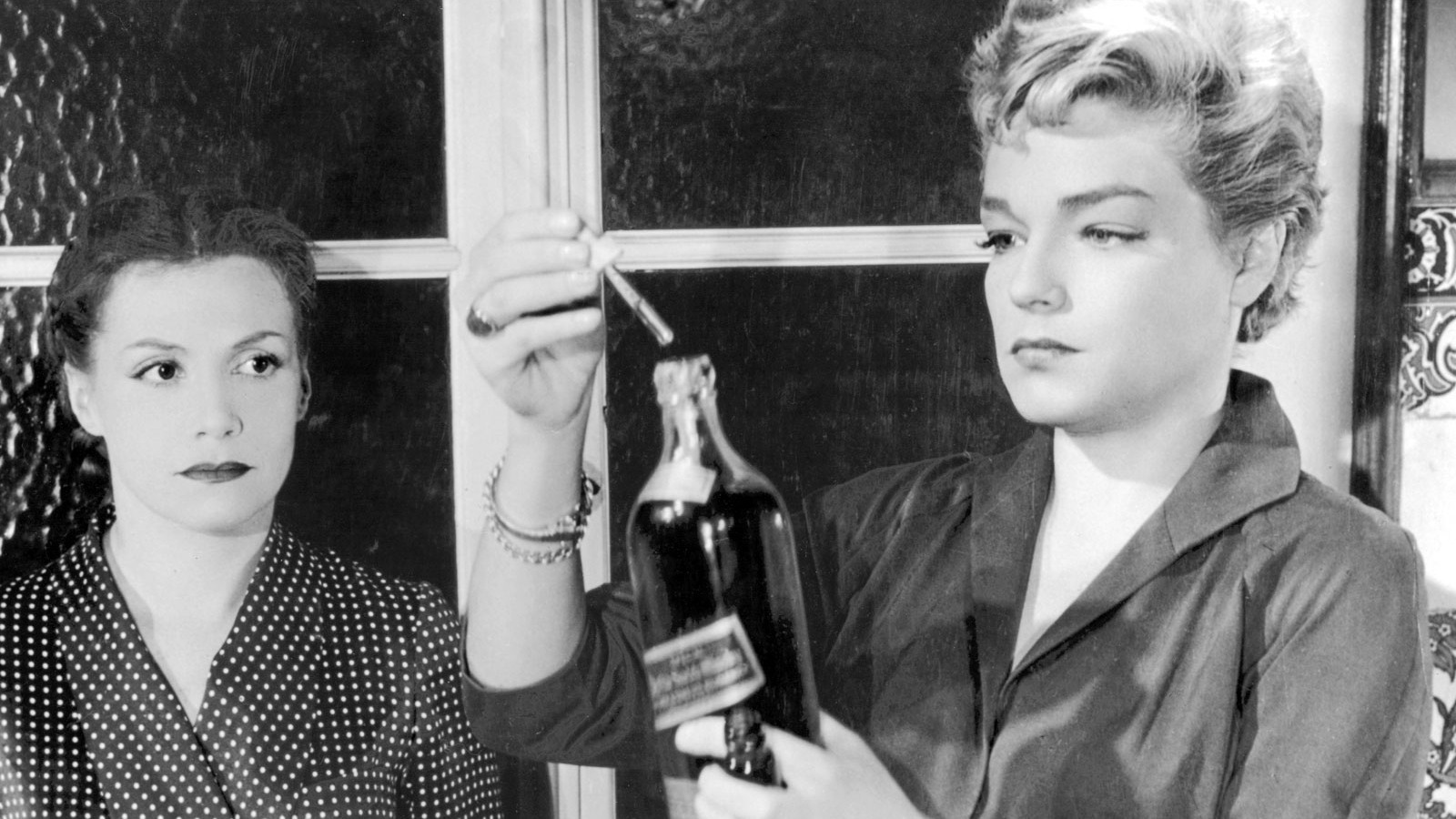
The wife of an overbearing school principal collaborates with his mistress in order to assassinate him secretly, since his vicious behavior afflicts not only her daily life, but torments the souls of his young students and co-workers as well. According to their plan, Nicole and Christina must drown him in a bathtub and then redirect his body in the school’s swimming pool, so as it seems like an accident.
As expected, reality doesn’t join hands with fantasy, and thus the defective progression of their plans takes the two determined women by surprise. From this point, the story drifts into the psychological terror and paranoia of Nicole and Christina, as it deconstructs the deeper substance of their motives and explicates their complex relationship. The plot evolves unconventionally, avoiding clues related to the film’s end.
Some are fascinated by Henri-Georges Clouzot’s “Les Diaboliques” and its overpowering plot twists. Others dislike its unexpected end, considering it as a disappointment. Undeniably, this film has displayed a timeless influence on horror cinema, due to its masterful structure and profound psychological drifting within its characters.
4. Quadrophenia (1979)
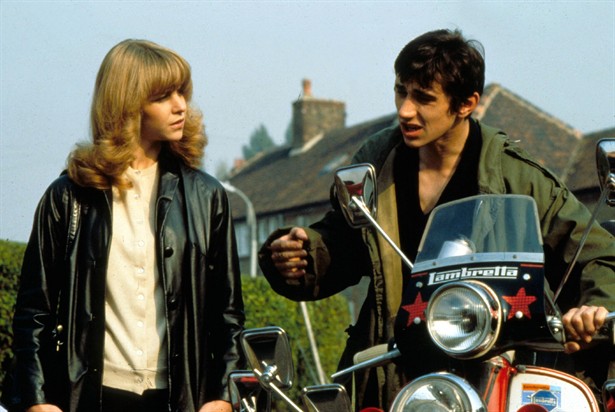
Underrated in its era, reflective of a decade’s nonconformist culture, and diachronically depictive of the troubled mentality in adolescence, the British film “Quadrophenia” deserves an allusion for its honesty, insightfulness, and cult placement.
The 1960s in England were defined by the uncontrolled social behavior of outraged teenagers, who were experiencing constant suppression by their geometrically specified communities, materialistic societal incitements, and emotionally distant parents. Jimmy is one of them. Even though he isn’t constrained to fight against poverty, domestic violence, or social exclusion, his life is solitary, stripped of feelings and essentially detached by his environment. Jimmy, along with his friends, gets involved in unexplained violence, drugs and rushed sex.
“Quadrophenia” is a painstaking portrait of England in the 1960s, reflecting on the premature search for an identity, and moreover, describing various subconscious terrors. It boldly elaborates on the loneliness, the frustration, and the contradiction between youth’s free spirit and adulthood’s chased convenience.
At first glance, it may seem like another film about teenagers. If one watches it carefully, though, this piece is distinguished by ecumenical and timeless character due to its deeply realistic melancholy.
3. The Wicker Man (1973)
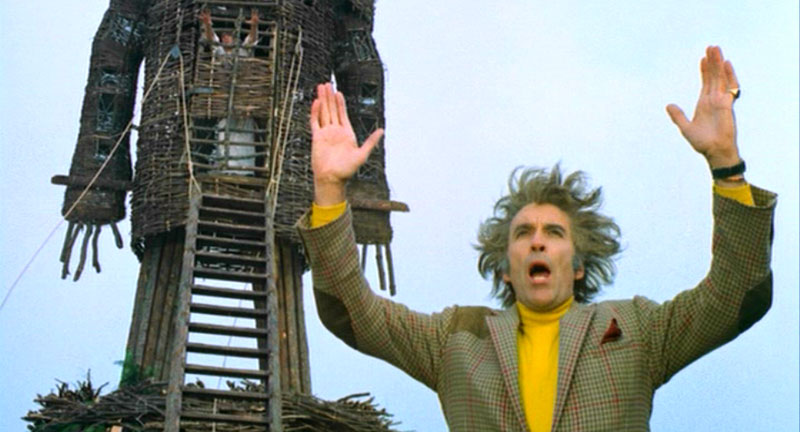
One of the most primary forms of cult culture, if not the first one, is the superstition. Within the confusing and slowly self-revealed mysterious reality of the British classic horror movie “The Wicker Man,” an almost primitively structured small society has completely yielded to a pagan status, despite the possibly horrid consequences that could be enforced to any of the citizens.
Howie, a decent police sergeant, is sent to a Scottish island in order to investigate the sudden disappearance of a young girl. Arriving at the small village of interest, he faces a tiny bizarre community that seems to live in a parallel universe, having adopted a quite unusual way of thinking, acting and coexisting. Attempting to discover the substantial constituents of this abnormal and culturally detached social group, poor Howie is directly led to a barbarically formed and relentless end.
Although Robin Hardy’s “The Wicker Man” wasn’t broadly welcomed by the audiences right away, currently Hardy receives great respect for his influential work and masterful technique. The film’s foundation is distinguished by a perfect engagement of optical elements and sound, a climactic horrifying mood, and outstanding performances by the protagonists.
Even though Edward Woodward as Sergeant Howie emits a disturbing realism and likeable essence, Christopher Lee’s appearance is almost as iconic as in “The Lord of the Rings.”
2. Man Facing Southeast (1986)
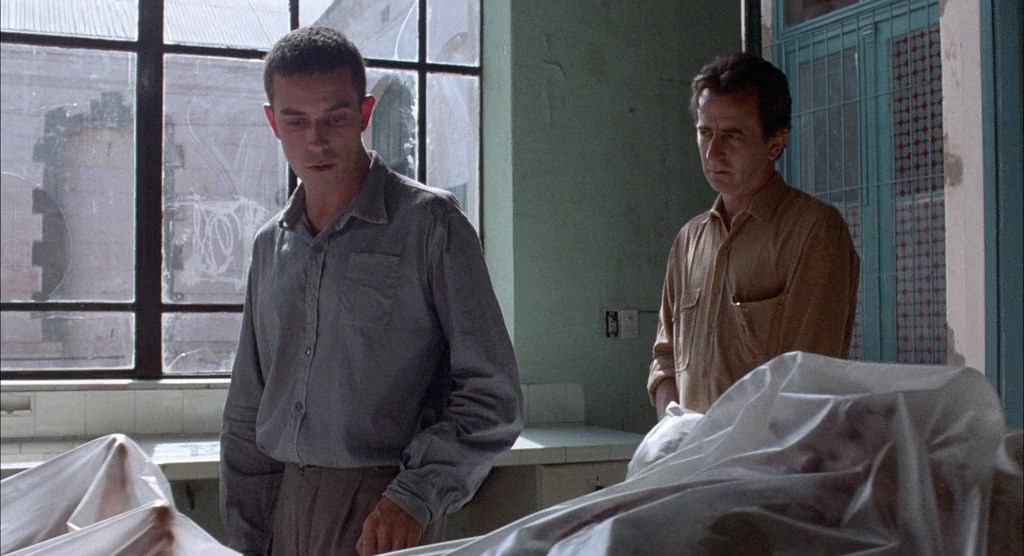
The forgotten (even though absolutely stunning and overpowering) film “Man Facing Southeast” by Argentinian director Eliseo Subiela could be conceived as a science fiction movie, or as a meaningful allegorical artistic entity.
Perhaps a first-time viewer could react sharply to the story’s basic script, but if you let yourself drift into the philosophy that lies behind the plot’s appearance, the film changes into a pleasant experience. If you’re an admirer of surrealism (and especially of René Magritte’s paintings), this film is highly recommended.
Rantes, a man who has an extraordinary approach toward life, seeks to become an inmate at a mental institution, since he is convinced about his extraterrestrial origination. During his days in the hospital, Rantes stays at the building’s yard and looks toward the southeast in order to receive messages from his distant territory. Despite his peculiar and humanely detached behavior, Rantes becomes close with Julio, a doctor who, regardless of his ostensibly conventional life and way of thinking, is deeply interested about the special mental case of Rantes.
The film’s essentiality is concentrated around the place of outstanding individuals within their broader social frameworks, while it elaborates on the complex nature of human relationships as well. Of course, Rantes isn’t an extraterrestrial creature. But his uniqueness, his profound curiosity about his species, and the conventionality of the other people around him exhort him to feel like a stranger between strangers, or like an alien.
1. Pink Floyd: The Wall (1982)
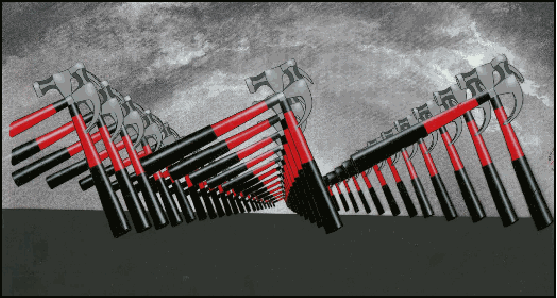
Roger Waters has offered humanity excellent music that evokes intense sensual pleasure through the rhythm, and unspeakable frustration through the lyrics. It’s really amazing how this mixture of feelings has been rendered in his quite personal, if not completely self-explorative film, “Pink Floyd: The Wall.”
Written exclusively by Waters and directed by Alan Parker, this ostensibly bizarre and bleak cinematic creation follows the life of a man called Pink, in an unconventional narrative style that wigwags between the past and the present. He starts his life as a simple boy, but an unbearable combination of traumatic social circumstances fiendishly leads him to a physiological disaster.
Pink’s father was lost in the war. His mother smothers his due to her egoistic overprotective behavior. His teacher deceives his in front of his classmates, while he realizes that the educational system is generally meant to create clones of brainless puppets. During his adult life, Pink experiences rejection by humanity, on a personal and social level.
Accordingly, he yields to loneliness and self-abuse. His figure becomes more and more deformed and repulsing. His tortured entity has curled up in the corner of a vast empty room. Pink’s innocent figure from the years of childhood approached him and touches his back.
When the little boy sees his terrifying future wreck of a body and soul, he runs away. It may seem like a psychedelic film, through its free wandering through space and time, but it’s not. “Pink Floyd: The Wall,” cult or not, is just art.